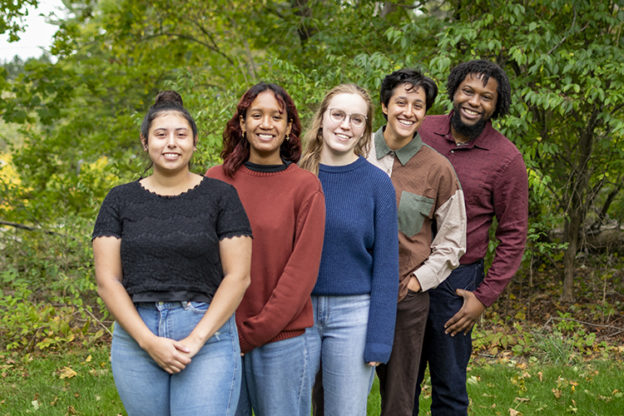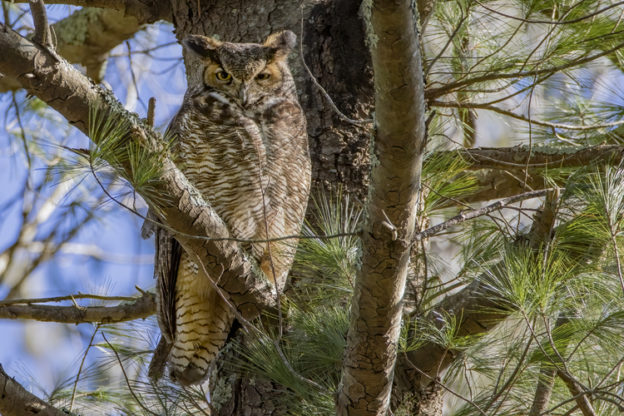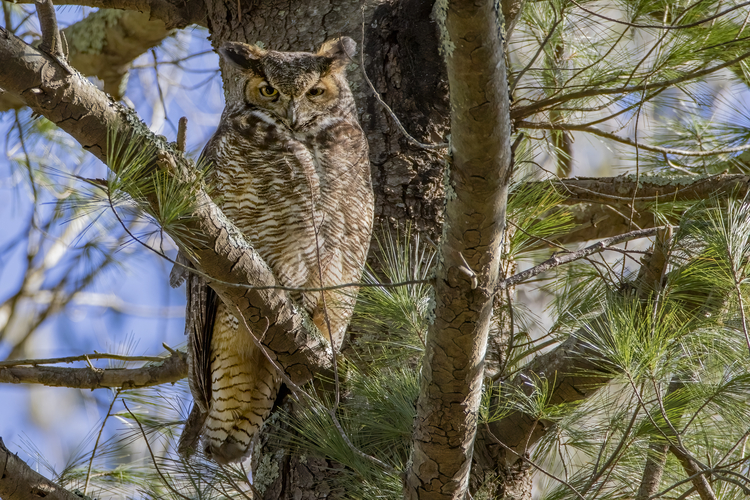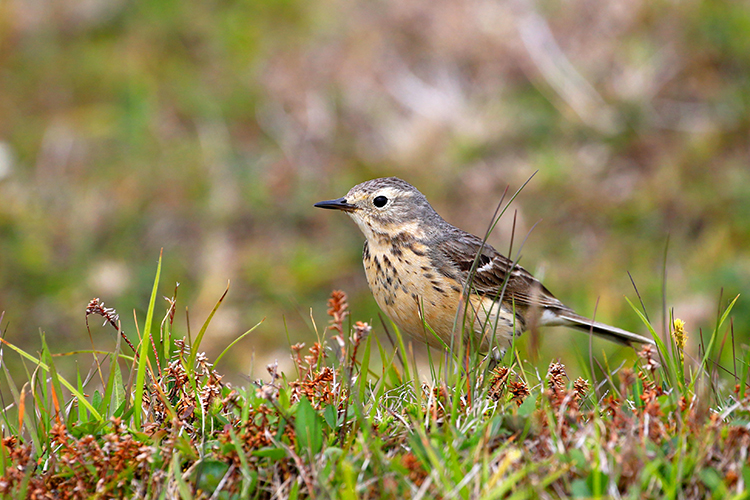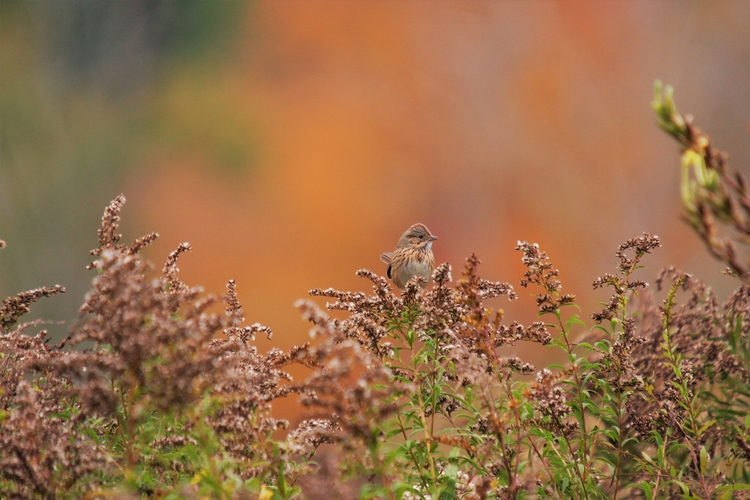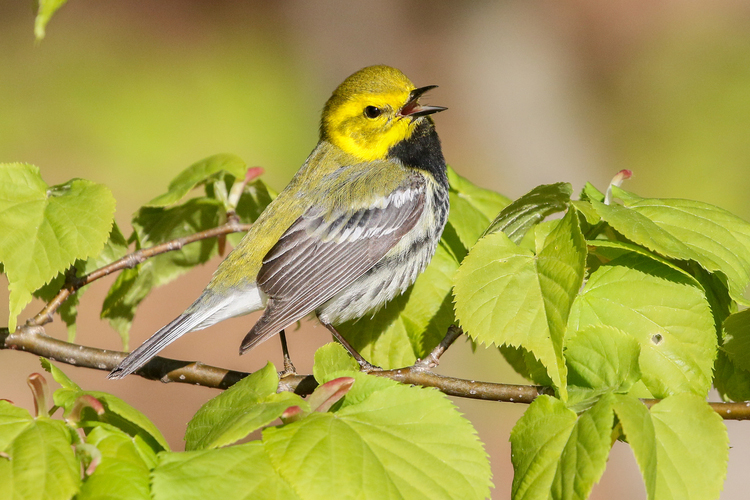Mass Audubon’s Environmental Fellowship Program offers a 14-month position to recent graduates launching their careers. In its inaugural year, Mass Audubon welcomed five fellows.
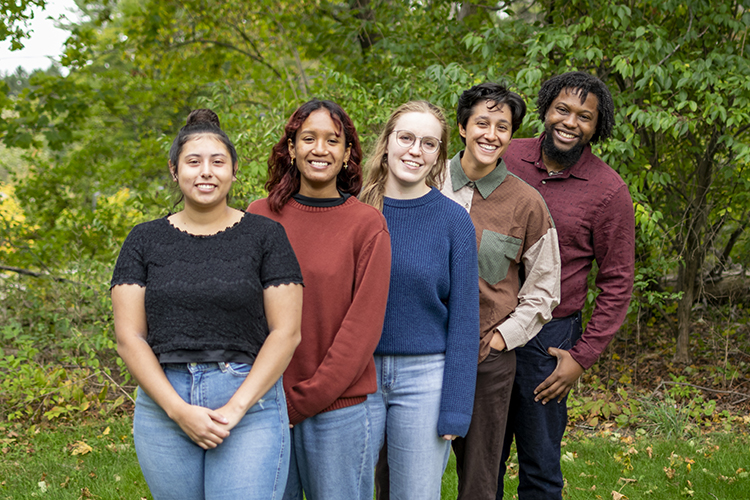
Each fellow in the cohort is based in a different Mass Audubon department, but they still see each other often for fellowship workshops and experiences out in nature. Their role at Mass Audubon is two-fold: They are here to gain experience and develop skills that will help advance their careers, and they are also here to contribute their talents to advancing Mass Audubon’s work to protect the nature of Massachusetts.
“It’s been so fulfilling to work with the fellows,” said Aisha Farley, the early career programs manager. “Each of them brings a well-considered perspective to their work, which is impressive to see from folks so early in their careers.”
Jovan Bryan, Land Conservation Fellow
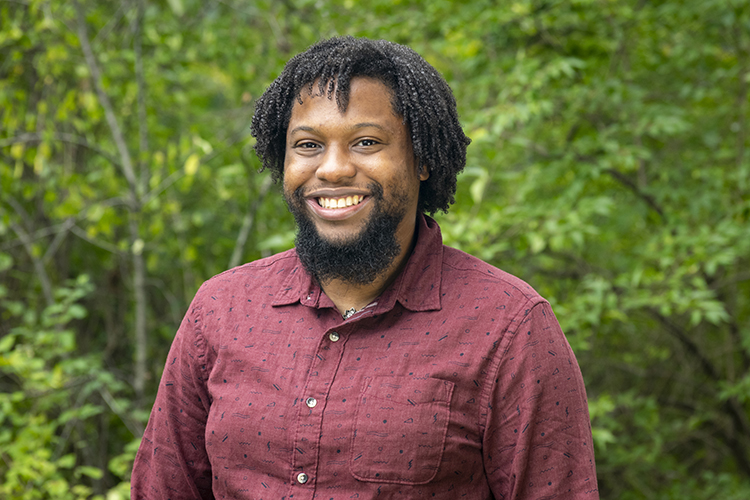
Jovan (he/him) earned his degree in environmental science from UMass Lowell. His studies included minors in climate change and sustainability, as well as architectural studies. He enjoys biking, hiking, laying out in the sun with a cool breeze, and watching movies with his family. His relationship with nature is just as important and personal to him as his relationships with people.
The opportunity to engage with the environment and communities alike through land conservation is what drew him to Mass Audubon. As he builds the skills necessary to create more connections between people and nature during his fellowship, Jovan’s hope is to spread a message of understanding and respect for one another and for the natural world.
Anna Cass, Marketing & Communications Fellow
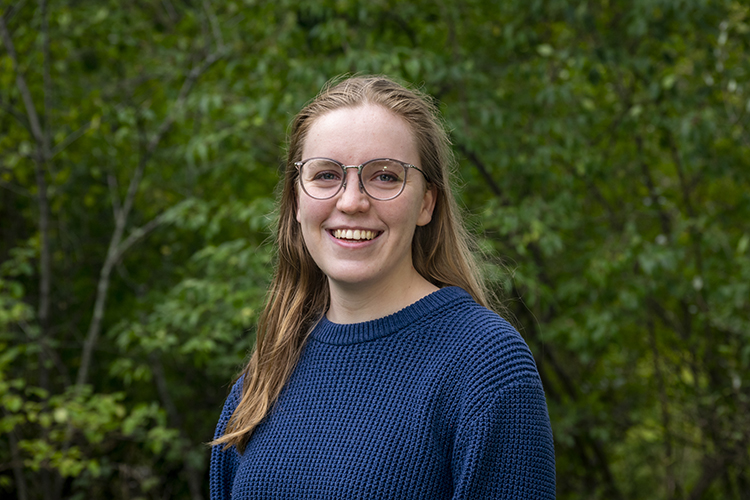
Anna (she/her) graduated from Brandeis University with a degree in public health, public policy, and socially transformative arts. She spent the last few years working in communications for a disability policy research institute, focusing on inclusive communications and improving the reach of impactful, intersectional research.
Anna will soon complete a Master of Science in digital marketing and design. When she’s not at work, you’ll find her painting, taking photos in nature, or tending to a menagerie of house plants.
Isabela Chachapoyas Ortiz, Policy & Advocacy Fellow
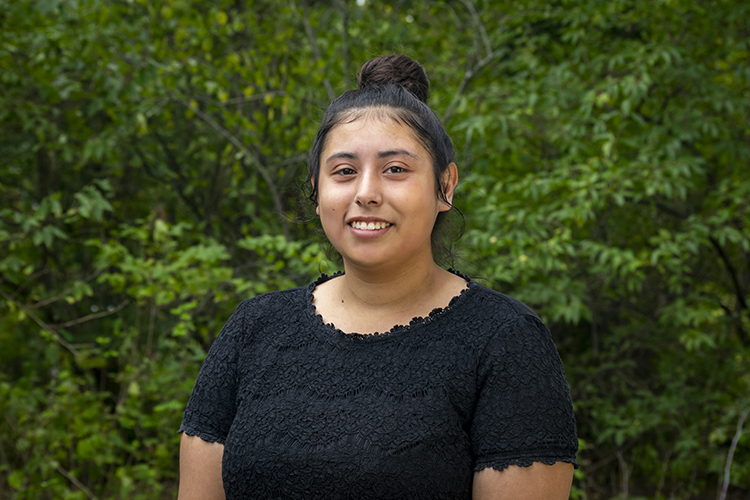
Isabela (she/her) graduated from Worcester Polytechnic Institute with a degree in environmental and sustainability studies and has been involved in coalition work with several environmental organizations.
She especially enjoys working with youth and focusing on policy for environment-related issues, specifically environmental justice and Indigenous justice. Some of her hobbies include going on hikes, playing soccer, watching shows, and singing.
Amara Chittenden, Conservation Science Fellow
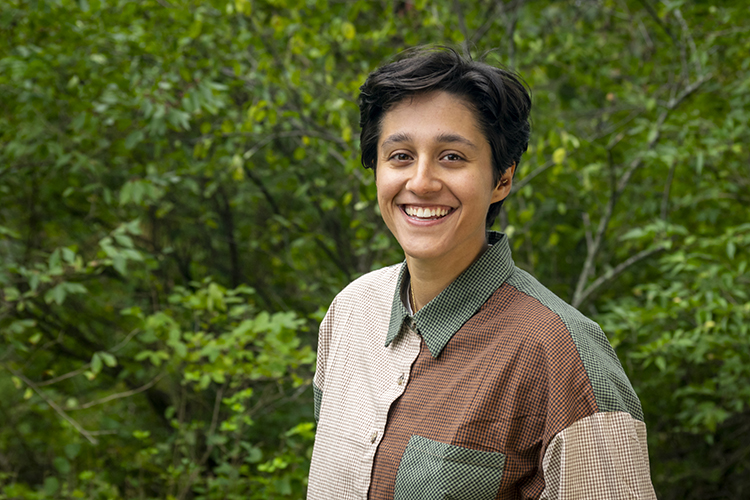
Amara (she/they) graduated from the University of Vermont with a degree in biological sciences. While there, she had the opportunity to research organisms from harvester ants to humpback whales. In her free time, she enjoys exploring new trails, making art out of stained glass, and playing guitar.
After working in labs testing for diseases like COVID-19, she is excited to pivot back to her passion in the environmental field and immerse herself in a team of seasoned professionals who can speak to a variety of career paths in conservation science.
Isabella Guerero, Environmental Education Fellow
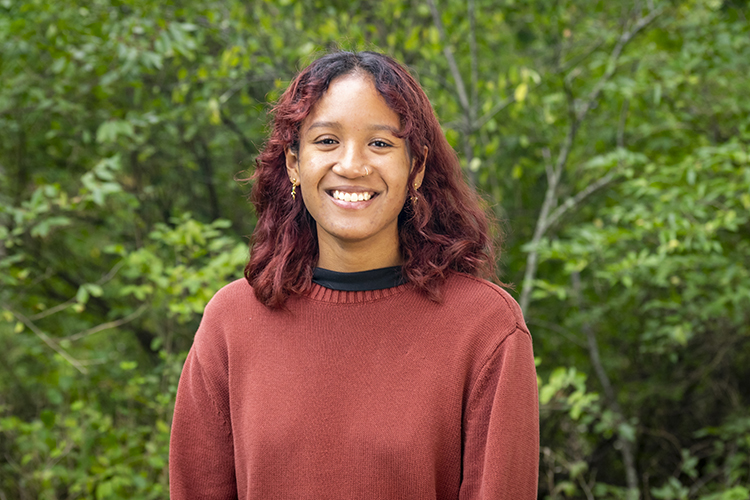
Isabella (she/her/any) graduated from Lesley University with a degree in biology, with a special interest in botany and natural history. She enjoys observing wildlife camera trap data and advocating for food justice and environmental opportunities for underrepresented communities.
In her free time, she enjoys crocheting, reading, and hanging out with her backyard chickens in her home garden. She is excited to work in education, learn from the other fellows and Mass Audubon staff, and become a voice in the environmental science world.
About the Environmental Fellowship Program
Mass Audubon created the Environmental Fellowship Program to expand early career opportunities for young professionals with identities that have been historically underrepresented in the environmental and conservation fields.
To apply to the program, learn more, or support the program, visit massaudubon.org/efp.
Post by Anna Cass


